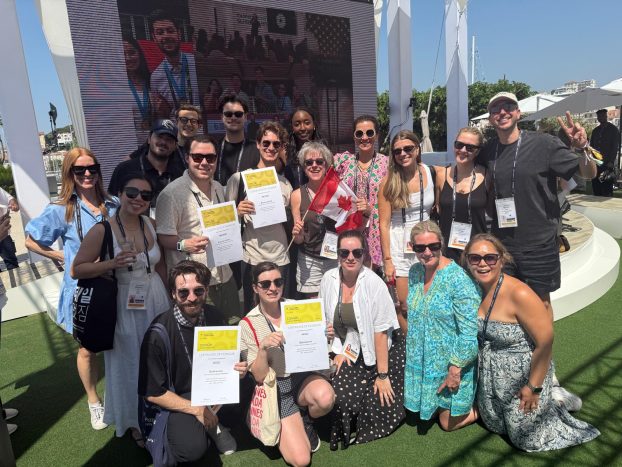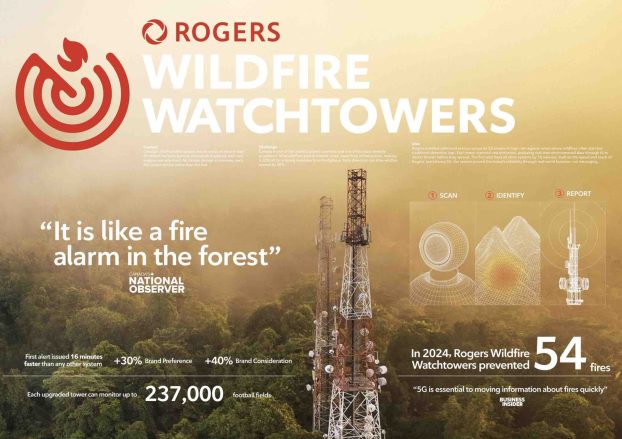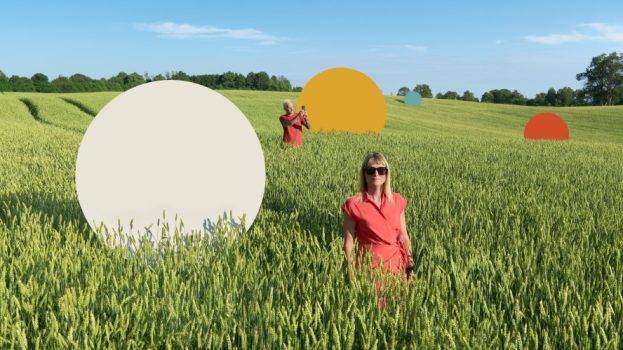Rob Young is a founding partner and senior vice-president, planning and research at Toronto-based Harrison, Young, Pesonen & Newell, one of Canada’s largest media management operations.
Last month, my father, my daughter and I spent a couple of hours walking through the family bush lot – an acreage located in Sombra Township, 50 kilometres south of Sarnia in Lambton County, Ont.
My dad, who’s in his mid-70s, suggested we stop for a moment and ‘listen to the music,’ as he put it. That music was the sound of the countryside, which has a startlingly different quality than the din that assaults us, day in, day out, in our hectic, urban, media-centric environment.
So there we were – three generations of Youngs, standing quietly together in the middle of winter-swept bush. I’m not sure what my dad or my daughter were thinking about, but I was thinking about the very powerful and positive impact that farming once had on Canadians – on their media habits, their lifestyles, and their very souls – and how that impact has diminished to a mere whisper over three short generations.
I was also thinking that the skill-set possessed by good farmers is a skill-set good media managers and brand marketers also possess – the ability to expand one’s decision-making time horizon to include seasons and years, rather than just days and weeks.
My dad assumed full-time farming duties in the late ’30s, when he was only 14 years old. He quit high school to manage that bush lot, selectively cross-cutting ash, buttonwood, oak and maple, sliding the timbers out over hard, frozen ground by horse so as not to damage the property, and then transporting them by horse-drawn sleigh to my grandfather’s mill where they were transformed into usable lumber. So when dad began his full-time farming career, he was younger than my 16-year-old daughter is today. In that year, 24% of Canada’s labour force worked in the agricultural sector. That means that a majority of Canadians were at least familiar with the concept of the family farm and a very significant minority lived the farming lifestyle.
I took my turn working on my grandparents’ farm when I was 14 years old. Many of my peers also took their turn feeding chickens and plowing fields. That was in the early ’60s and, by then, a smaller but still significant 10% of Canada’s labour force worked in the farming business.
Today, only three per cent of Canadians work on the farm. My daughter is the first generation of Youngs not to have some kind of hands-on farming experience.
The family farm, the farming occupation, and the management skill-set that comes with working on a time scale that’s measured in months, seasons and years, rather than weeks, days and hours, is far removed from my daughter and her peers.
It makes me wonder whether perhaps some of the radical differences in media usage between those in the XY segment – people 12-24 years old – and the baby boomer generation might be attributed to the degree of exposure they’ve had to the farming philosophy.
Toronto played host to a farm-aid benefit concert in January of this year. The agri-occupation was portrayed as an endangered species. Tears were shed over plunging commodity prices, lousy returns, bad weather, and the lack of government attention and funding. These are all heart-rending issues – but something more has been lost. We are in danger of losing our ability to be patient and to think in broad time horizons.
Media and marketing professionals take pride in their ability to respond instantaneously and to act on time frames that involve weeks, months and quarters – but few are rewarded for ensuring long-term brand efficacy.
In my view, bush lots and brands have a lot in common. Brands that are tapped out in the short-term have little to offer down the road, but if they’re managed well, brands – like bush lots – replenish each year. Both can be a perpetual, renewable resource if well-managed on a macro timeframe. And they can lose their value if they’re simply clear cut, exploited for short-term gain.
Maybe MBA grads should have to spend a year managing a bush lot before they hit the job market.
Send your comments via e-mail to ryoung@hypn.com.




























